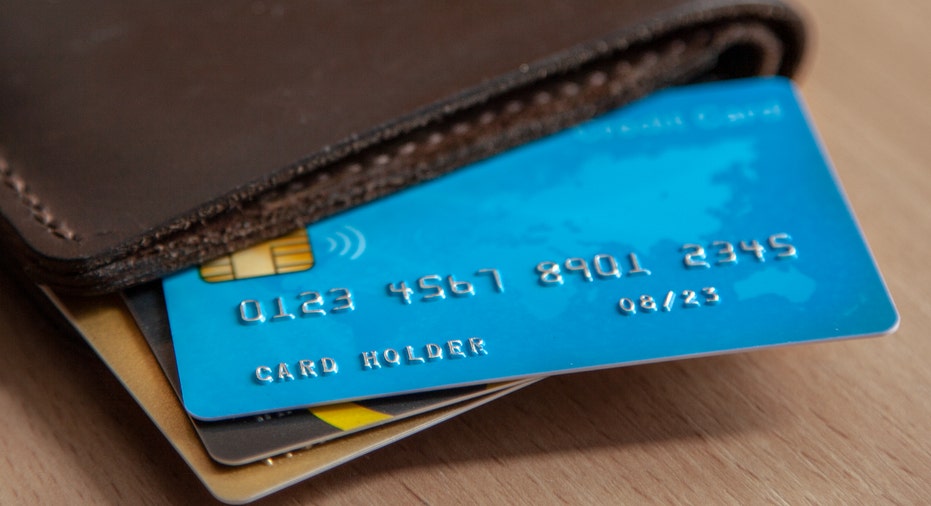Pros and cons of balance transfer credit cards

A balance transfer card can be an effective way to help you pay down debt but there are pros and cons to be aware of. (iStock)
A balance transfer card provides the option to move outstanding debt from one credit card to another. Balance transfer credit cards are designed specifically for this purpose and typically offer low, introductory interest rates, which can help you pay down your debts faster. Many people use them as a tool to help consolidate debt and to save on interest charges.
All you need to do to get one is to apply using your name, address, social security number, income information, and the amount of debt that you’d like to transfer. However, before you jump at the chance to be approved, you should know that these cards have both pros and cons.
Pros of a balance transfer card
Lower interest rate
In most cases, balance transfer cards will offer a low, introductory interest rate. The best balance transfer credit cards even offer a 0 percent introductory rate. Transferring your balances to a card with a lower rate will allow a greater percentage of your payment to go toward paying down your balance. As a result, you’ll be able to make a bigger dent in your debts.
Debt consolidation
If you carry debt on multiple credit cards, you might consider using a balance transfer card to consolidate all your debts into a single, monthly payment. Not only will this move keep you from having to keep track of multiple payments and due dates, but you may end up paying less in interest overall.
HOW FICO'S NEW CREDIT SCORE CHANGES WILL AFFECT YOU
Lower Utilization
Your credit utilization rate compares the amount of credit that you’re currently using across all of your cards to the total amount of credit that’s available to you. In general, the lower this percentage is, the better it is for your credit score. When you open a balance transfer card, your total amount of credit will increase and your utilization rate will drop.
Cons of a balance transfer card
Balance transfer fee
Most credit cards charge a fee for transferring a balance, usually a percentage of the amount that’s being transferred. It’s common to pay up to 5 percent, but there are some credit cards with no balance transfer fee. Make sure that you understand the extent of any applicable fees before opening a new card.
Higher interest rates
Once the introductory rate period is over, you’ll be subject to the card’s regular interest rate, which could be higher than the rate that you’re currently paying. Do your best to pay off your debts before the introductory rate period ends. Regardless, make sure that you’re well aware of the card’s regular interest rate - also known as its APR - and how it compares to your current rate before making the switch.
Impact on your score
Whenever you open a new credit card, it has a negative impact on your score in the short-term, especially if you apply for multiple cards at once. Be conscious of the impact that a new application will have and keep it in mind as you apply.
Potential for more debt
Lastly, opening up a new credit card gives you the chance to create even more debt. Pay close attention to your spending habits so that you can pay down your debts rather than creating new balances.
HOW TO CLOSE A CREDIT CARD WITHOUT HURTING YOUR SCORE
Alternatives to balance transfer credit cards
Unsecured personal loan
If you don’t like the idea of applying for a new card, consider a personal loan instead. Approval of a personal loan is based on your income and credit history. However, since these loans are unsecured, meaning they’re not tied to an asset that can be repossessed if you stop paying, they typically have higher interest rates.
Secured consolidation loan
Secured loans, on the other hand, are tied to an asset like your home or vehicle. While these loans typically offer better interest rates than a personal loan, keep in mind that if you decide to stop making payments, you will be putting your asset at risk.